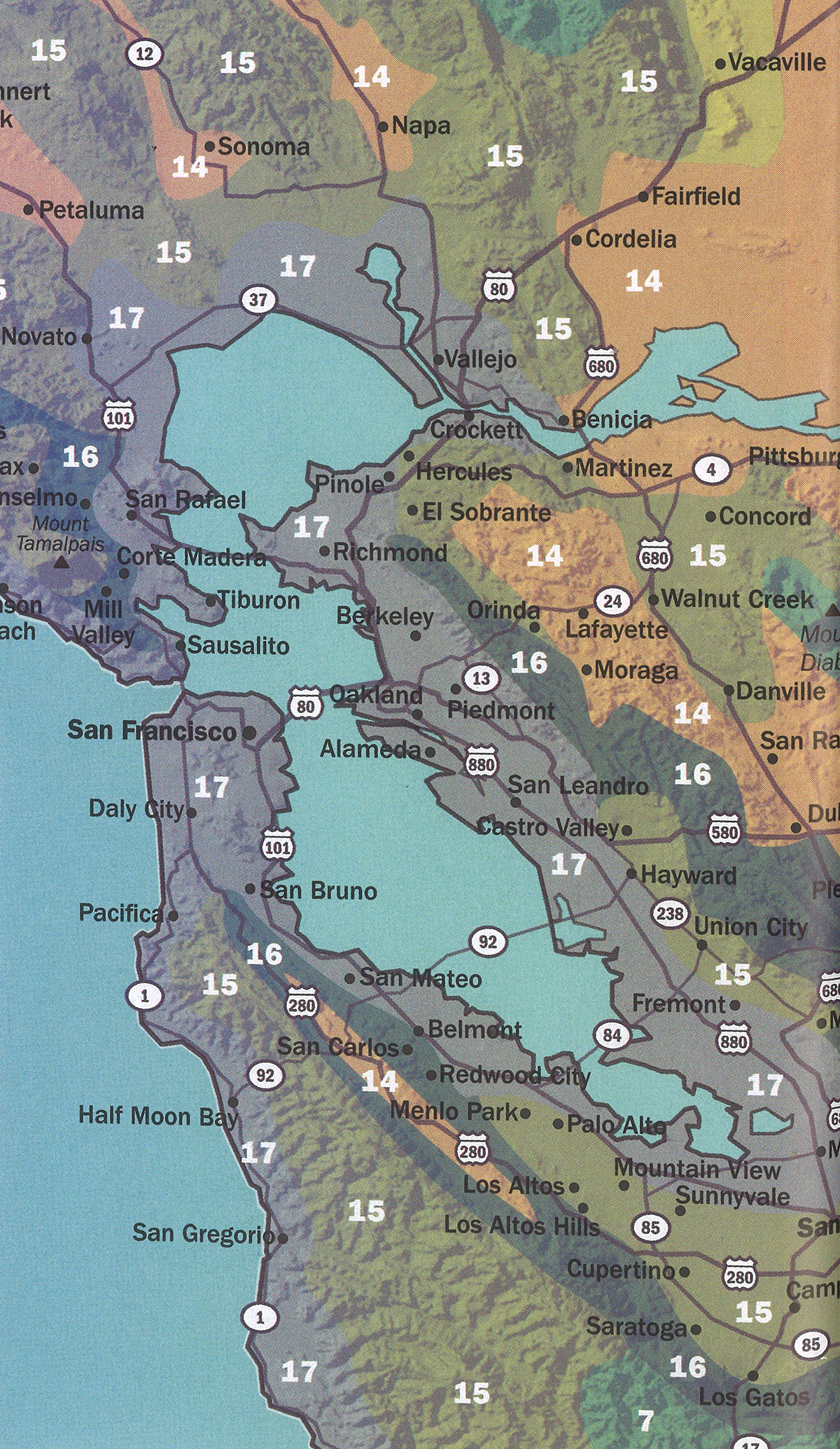
| height | 18–30in | |
| width | 18–30in | |
| tolerates | Drought, Deer , Gophers, Heat, Wind | |
| water needs |
Lowest | |
| water info |
Native to dry mountain slopes around the Mojave Desert, this native sage will need some careful watering through its first dry season (and if winter rains fail), but can survive on rainfall alone once established. It also tolerates garden conditions with occasional douses of water. Picture the rare summer thundershower in its habitat as a model for summer watering. If you choose to withhold summer water entirely, your plant may look sparse or bony by fall, with only a few leaves still vibrant, but it will flush out quickly with rain (or irrigation) in the fall or winter. This is its natural cycle. |
|
| hardy to |
-15F | |
| exposure | Part Shade – Full Sun | |
| indoor outdoor |
Outdoor | |
| drainage | In Ground: Cactus Mix, In Pots: Cactus Mix, Tolerates Sandy Soil | |
| fertilizing | Low Needs | |
| origin | California, Arizona, Nevada | |
| california native |
Yes | |
| sunset zones |
2, 3, 6–24 |
Full Sun
Six or more hours of sun beams directly landing on the plant's leaves.
Part Shade
Three to five hours of sun beams directly landing on the plant's leaves.
Part Sun
One to two hours of sun beams directly landing on the plants leaves.
Full Shade
The plant is never fully lit by sun beams,
but is in a bright spot or has dappled sunbeams playing over the leaves throughout the day.
Deep Shade
The plant never has dappled light on the leaves, and is in a place that feels dim, even on a nice sunny day.
